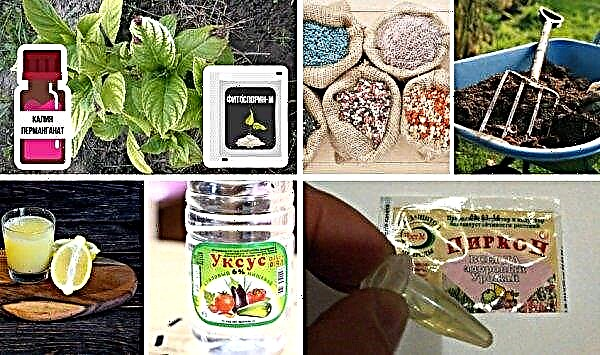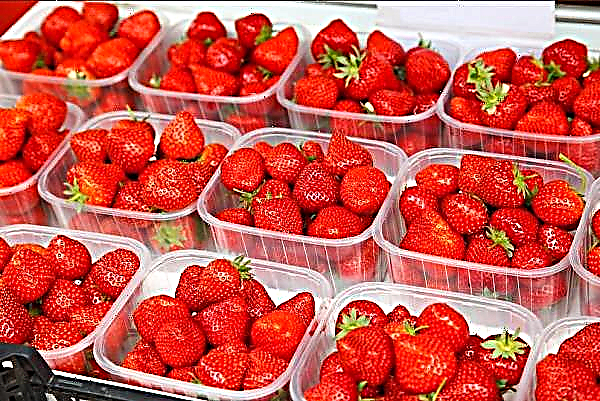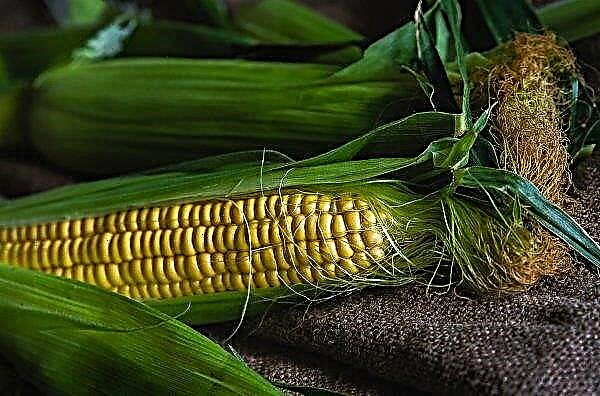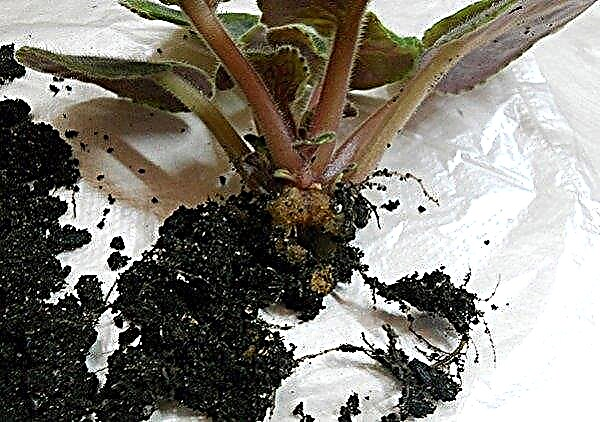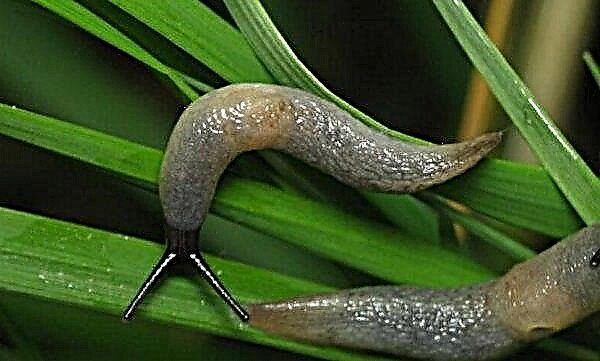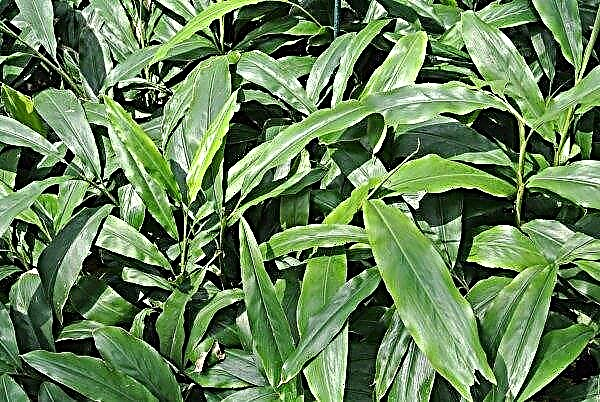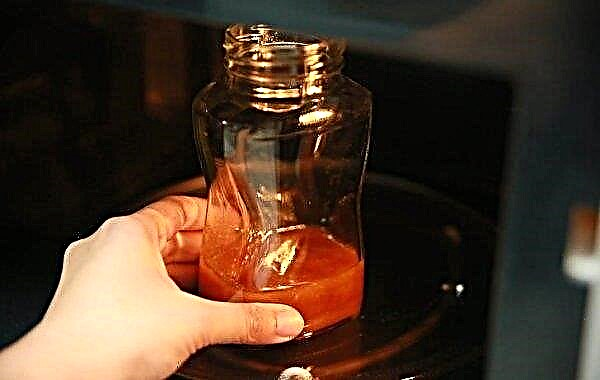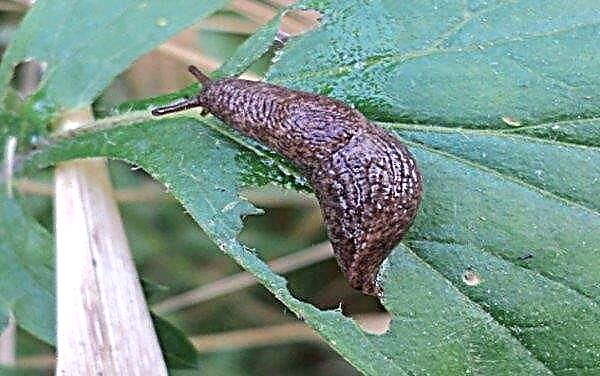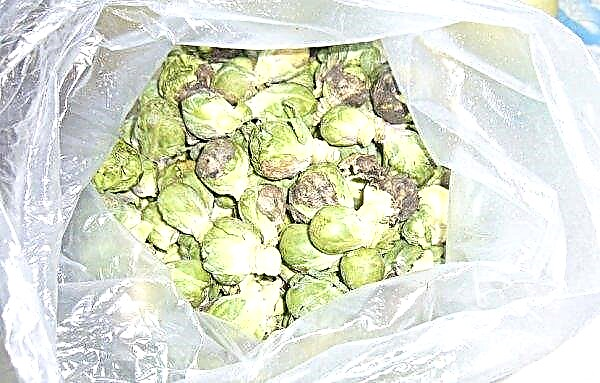According to Rabobank’s forecast for Australia’s winter harvests for 2019 published today, June 4, dry weather in the country continues to hinder planting and another winter crop is expected to be below average.
Despite the fact that last year Western Australia overcame the national trend, having grown a crop of 17.1 million tons, this is hardly the case for the 2019/20 crop, given the dry conditions this year and the expectations of a dry winter.
According to Rabobank, in all regions of the eastern states where crops are grown, as well as in South Australia, a season has begun with below average rainfall, record low soil moisture and a less favorable forecast for rainfall.
The forecast says Australia “has no chance” of returning to average grain and oilseed production in 2019/20.
It is also noted that poor planting conditions are not limited to the east of the country: in some parts of South Australia, the driest season began in 150 years, and almost the entire harvesting belt in Western Australia is still waiting for a repeat of last year’s late seasonal break to turn dust into dollars.
According to forecasts by Rabobank, the total acreage in Australia will be 18.4 million hectares, including 7.9 million hectares in Western Australia. This is one percent more than last year, but still fell by almost 13 percent on average over five years.
According to official data from ABARES, last year Australia’s total cereal crop was 30 million tons, which is 20 percent below the average.
This was due to severe drought in the east of the country, although in the west there was a 21 percent increase in production to 17.1 million tons, which is the second largest crop in history. The total volume of wheat production amounted to 17.3 million tons, which is the lowest rate for a decade.
Rabobank predicts wheat production will again be below 20 million tons in 2019/20, while the current rainfall forecast supports expectations of around 18 million tons.

